Brazilian coffee bean producing areas introduce Minas boutique coffee bean flavor characteristics information Brazilian coffee culture
Professional coffee knowledge exchange more coffee bean information please follow the coffee workshop (Wechat official account cafe_style)
Brazilian coffee is classified according to the name of the state of origin and the port of transport. Brazil has 21 states and 17 states produce coffee, but seven of them produce the most, accounting for 98% of the country's total output.
The topography of Brazil is mainly divided into two parts, one is the Brazilian plateau above 500 meters above sea level, distributed in the central and southern parts of Brazil, and the other is the plain below 200 meters above sea level, mainly in the north and west of the Amazon River basin.
State of Sao Paulo (Mogiana, Centro-Oeste)
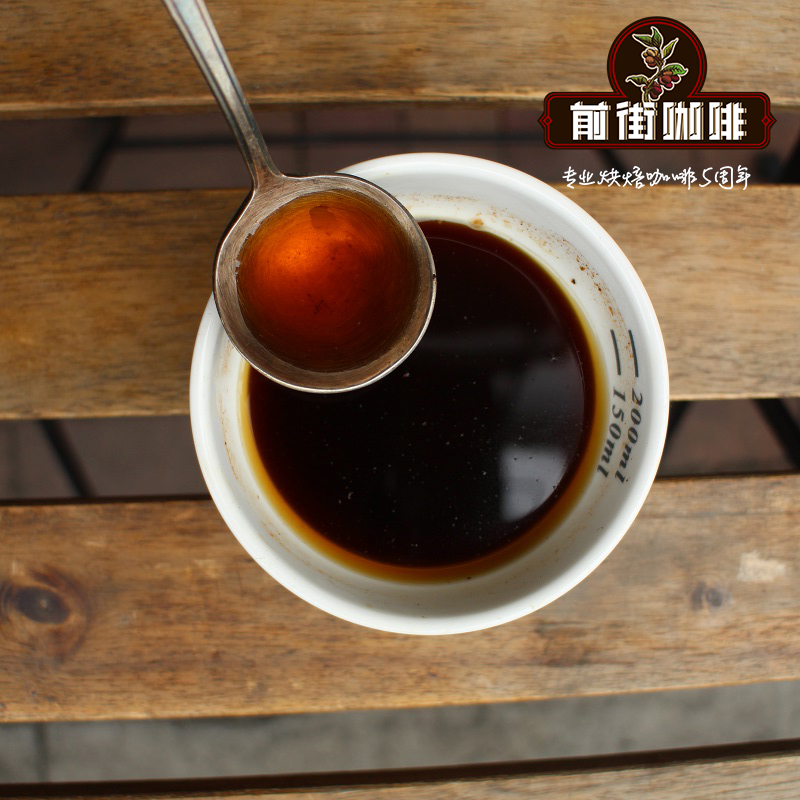
Https://www.gafei.com/baxikafei/2015102643029.html
S â o Paulo, Sao Paulo State
Morgiana / Mogiana
This area is very close to the south of Minas. Coffee is grown between shrubs, grasslands and other vegetation. There are many farming families in this area, some of which operate in the traditional way of large farms, while others operate in a small-scale and modern way. Modern science and technology mixed with mountain coffee cultivation culture has created the highest quality raw coffee beans.
Centro-Oeste / Midwest
(Gar ç a Marilia and Piraju)
Coffee beans are generally grown in this area by combining large estates with traditional production lines. Although production seems to be declining, it is more pursuing the production of higher quality raw beans.
State of Parana (Norte Pionerio do Paran á)
Norte Pionerio do Paran á
The state, which used to be Brazil's largest production region, now has its own unique production technology.
After discovering a decline in the unit yield of coffee woodland, producers in Parana created a new "closed planting system". At present, a large number of coffee trees, seedlings per hectare can better withstand the cold wind, but also ensure a more regular yield.
Bahia State (Planaltoda Bahia, Cerrado da Bahia, Atlantico Baiano)
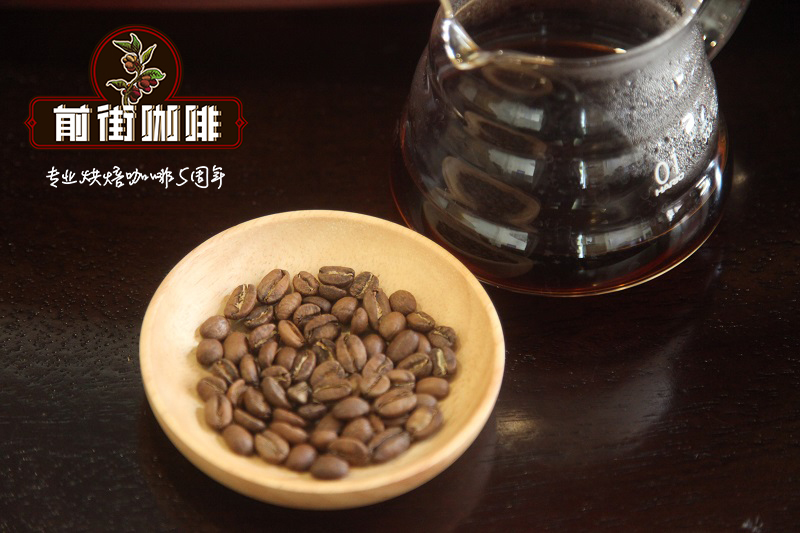
Bahia, Bahia State
Bahia State / Atlantico Baiano
Robusta beans are mainly produced on large farms.
Shapada / Planaltoda Bahia
The area is located in the central state of Bahia and mainly produces hand-screened Arabica coffee. It mainly adopts the method of washing.
Bahia Hilado / Cerrado da Bahia
This area, located in the western state of Bahia, is generally considered to be the latest coffee-growing area in Brazil. Modern technologies for irrigation and harvesting are widely used in this area.
Espiritu Santo (Montanhas do Esp í rito Santo, Conilon Capixaba)

Espirito Santo, Esp í rito Santo
Montanhas do ESP í rito Santo
Conilon Capixaba
The state is mainly divided into two regions: robusta beans are grown on both large and small estates in the north, while typical mountain-grown coffee is grown in the south, which is less common. There are both washing and sun exposure in this area.
Minas Gerais State (Sul de Minas, Cerrado Mineiro, Chapada de Minas, Matas de Minas)

Minas Gerais Minas Gerais
South Minas / Sul de Minas
The small manor area produces about 8-10 million bags of coffee beans growing on the mountain. Suitable altitude, undulating terrain and climate conducive to growing coffee, rainfall is concentrated in the months when the fruit needs to grow, and the climate is dry in the months when the harvest is needed.
Syrador / Cerrado Mineiro
Growing coffee in Hirado (also known as Savannah) is a victory for Brazilian coffee technology. More and more large coffee plantations in Syracuse use high technology for production, and this is the case in very few areas. Plateau climate, four distinct seasons, fruit ripening is very stable, in the harvest season is not at all. Savannah coffee is generally treated in the sun, which is also a trend in current processing.
Minas Gerais Minas Gerais
South Minas / Sul de Minas
The small manor area produces about 8-10 million bags of coffee beans growing on the mountain. Suitable altitude, undulating terrain and climate conducive to the cultivation of Brazilian coffee, rainfall is concentrated in the months when the fruit needs to grow, and the climate is dry in the months when the harvest is needed.
Syrador / Cerrado Mineiro
Growing coffee in Hirado (also known as Savannah) is a victory for Brazilian coffee technology. More and more large coffee plantations in Syracuse use high technology for production, and this is the case in very few areas. Plateau climate, four distinct seasons, fruit ripening is very stable, in the harvest season is not at all. Savannah coffee is generally treated in the sun, which is also a trend in current processing.
Rond ô nia
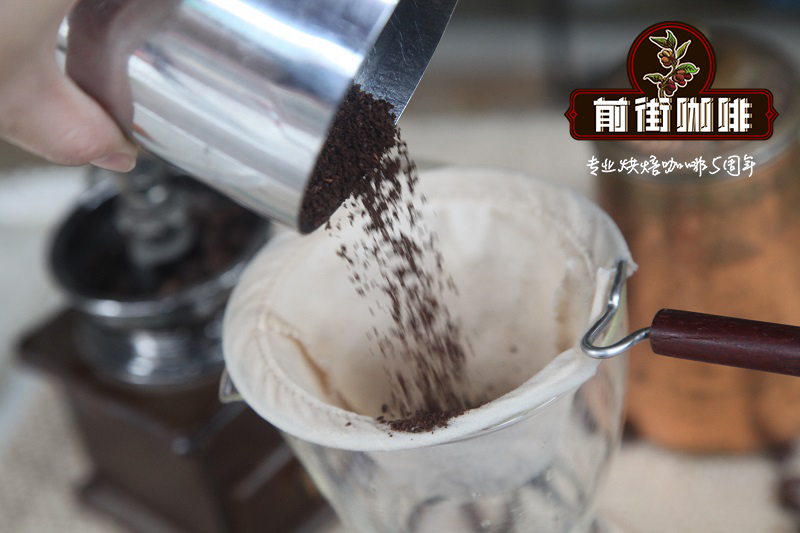
Minas Gerais Minas Gerais
South Minas / Sul de Minas
The small manor area produces about 8-10 million bags of coffee beans growing on the mountain. Suitable altitude, undulating terrain and climate conducive to growing coffee, rainfall is concentrated in the months when the fruit needs to grow, and the climate is dry in the months when the harvest is needed.
Syrador / Cerrado Mineiro
Growing coffee in Hirado (also known as Savannah) is a victory for Brazilian coffee technology. More and more large coffee plantations in Syracuse use high technology for production, and this is the case in very few areas. Plateau climate, four distinct seasons, fruit ripening is very stable, in the harvest season is not at all. Savannah coffee is generally treated in the sun, which is also a trend in current processing.
Rio de Janeiro State (Rio de Janeiro)
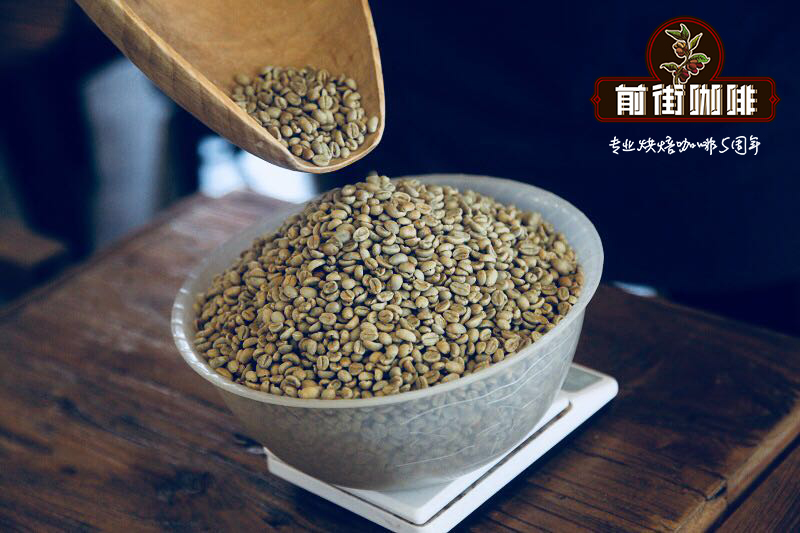
Rio de Janeiro, State of Rio de Janeiro
Mainly grow Arabica species. Compared with other producing areas, it has excellent port traffic advantages.
Important Notice :
前街咖啡 FrontStreet Coffee has moved to new addredd:
FrontStreet Coffee Address: 315,Donghua East Road,GuangZhou
Tel:020 38364473
- Prev
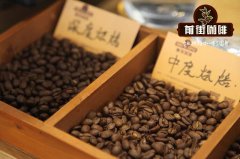
What is the secret of the high quality of Catuai Brazilian coffee limited edition?
Professional coffee knowledge exchange more coffee bean information please follow the coffee workshop (Wechat official account cafe_style) Catuai Brazil limited edition espresso is Nestl é Coffee Cool selected from one of the excellent coffee varieties in South America, this in Arabica beans known as the aristocracy of coffee beans, after careful grinding, made by professional coffee masters
- Next
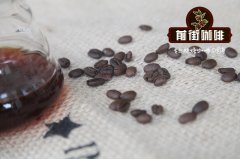
What is the Brazilian Fine Coffee Association? What is the use of the Brazilian Fine Coffee Association?
Professional coffee knowledge exchange more coffee bean information please follow Coffee Workshop (Wechat official account cafe_style) Brazilian Fine Coffee Association (BSCA), located in Varginha, South Minas, is a non-profit coffee organization founded in 1991 by 12 coffee producers in Brazil. BSCA aims to improve the quality of Brazilian coffee production and to promote the commercialization of Brazilian coffee.
Related
- Beginners will see the "Coffee pull flower" guide!
- What is the difference between ice blog purified milk and ordinary milk coffee?
- Why is the Philippines the largest producer of crops in Liberia?
- For coffee extraction, should the fine powder be retained?
- How does extracted espresso fill pressed powder? How much strength does it take to press the powder?
- How to make jasmine cold extract coffee? Is the jasmine + latte good?
- Will this little toy really make the coffee taste better? How does Lily Drip affect coffee extraction?
- Will the action of slapping the filter cup also affect coffee extraction?
- What's the difference between powder-to-water ratio and powder-to-liquid ratio?
- What is the Ethiopian local species? What does it have to do with Heirloom native species?

